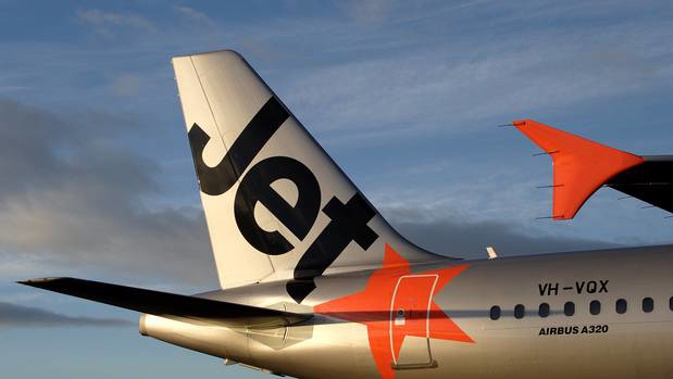
A Jetstar A320 with 134 people on board flew below a minimum safe altitude on approach to Christchurch, an accident investigation has found.
Although the plane landed safely it was found the crew did not maintain "adequate situational awareness" of the plane's location in relation to the standard arrival path, the Transport Accident Investigation Commission found.
Jetstar's procedures have been identified as inappropriate.
"The operator's procedures did not encourage the appropriate use of the aeroplane's automated navigation systems," the report says.
Pilots elected to use an "open descent" procedure rather than the available, fully automated "managed descent" mode. By not setting the flight control unit to the next altitude restriction, a higher level of human intervention was required to keep the aeroplane within permissible limits on the arrival route.
An air traffic controller didn't follow procedures either.
"An air traffic controller observed the aeroplane's descent below the minimum safe altitude, but did not follow the required procedures and alert the flight crew until the aeroplane had landed," TAIC says.
During the incident on August 6, 2017, the flight from Wellington to Christchurch inadvertently descended below the 2500ft (760m) minimum safe altitude for part of the arrival procedure.
The commission says that as a result of the safety actions taken by the operator, no new recommendations were identified.
"A key lesson arising from the inquiry is that properly used automated flight navigation systems will reduce the crew workload and result in safer flight operations. If crew choose not to use them, they must maintain a heightened level of alertness and work harder to achieve an equivalent level of situational awareness."
The captain had been flying Airbus aircraft for Jetstar since 2005 and had about 8000 flying hours on the A320.
"There is nothing wrong with following such an arrival procedure using the open descent mode. However, the aircraft automation in managed descent mode provides an important defence against aircraft descending below minima," the report says.
In open descent mode the plane is still flown by the autopilot, but the pilots manually control the vertical (altitude) component of the flight path. This means the pilot is required to ensure that the aircraft complies with the altitude restrictions for the standard arrival route, while the autopilot ensures that it follows the pre-programmed lateral navigation.
A Jetstar spokesman said that steps had been taken since the incident.
"While this incident didn't impact the safe operation of the aircraft, or impact the flight path of other aircraft, we take it very seriously," the spokesperson said.
"Since this occurred we have revised our pilot monitoring policies to enhance pilot awareness during all phases of flight."
Airways said the TAIC report provided an ''important independent view'' on the event and it welcomed the findings.
''It is important to note that TAIC has made no recommendations for change. In any event like this, we take a close look at the surrounding circumstances to proactively identify opportunities for improvement,'' a spokeswoman said.
The TAIC report found that following a similar incident in 2012 involving a Jetstar plane, the Australian Transport Safety Bureau identified "mode awareness" as a central issue.
Take your Radio, Podcasts and Music with you









